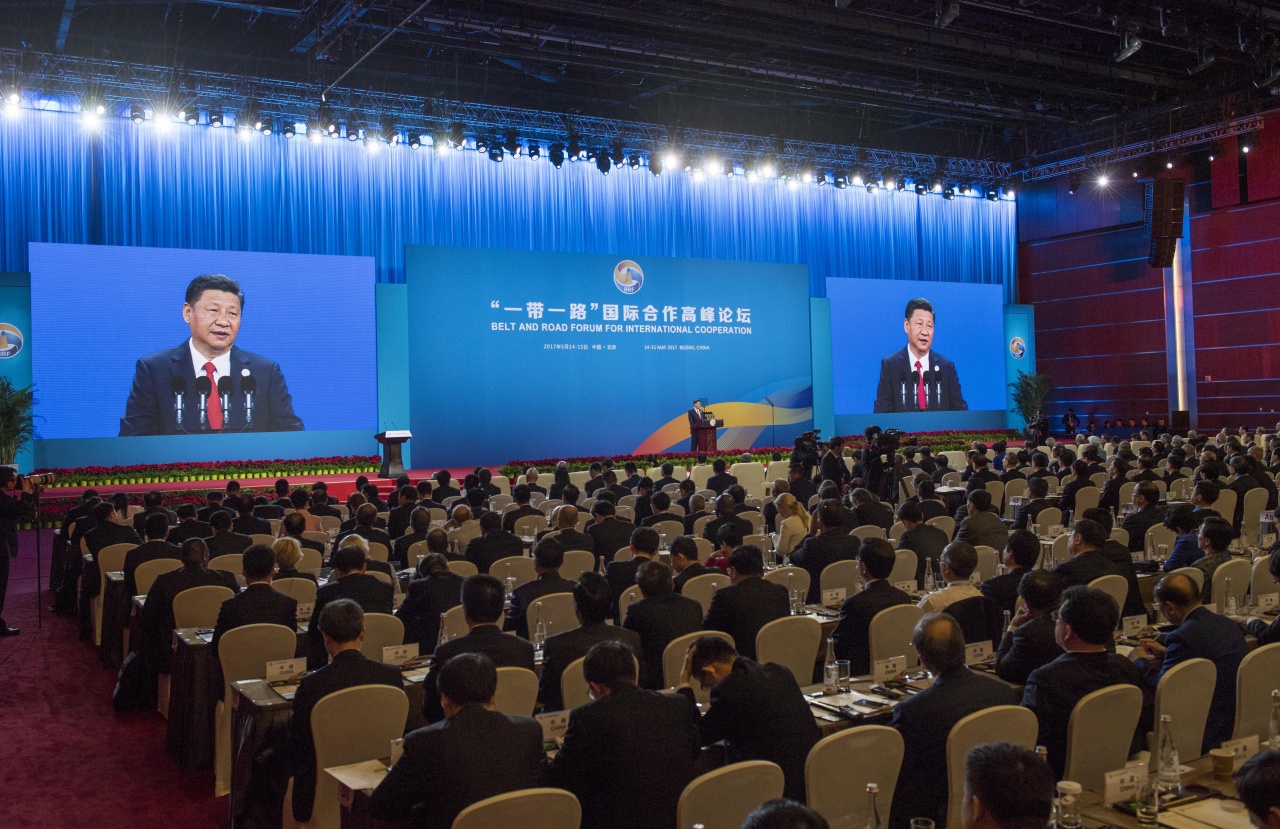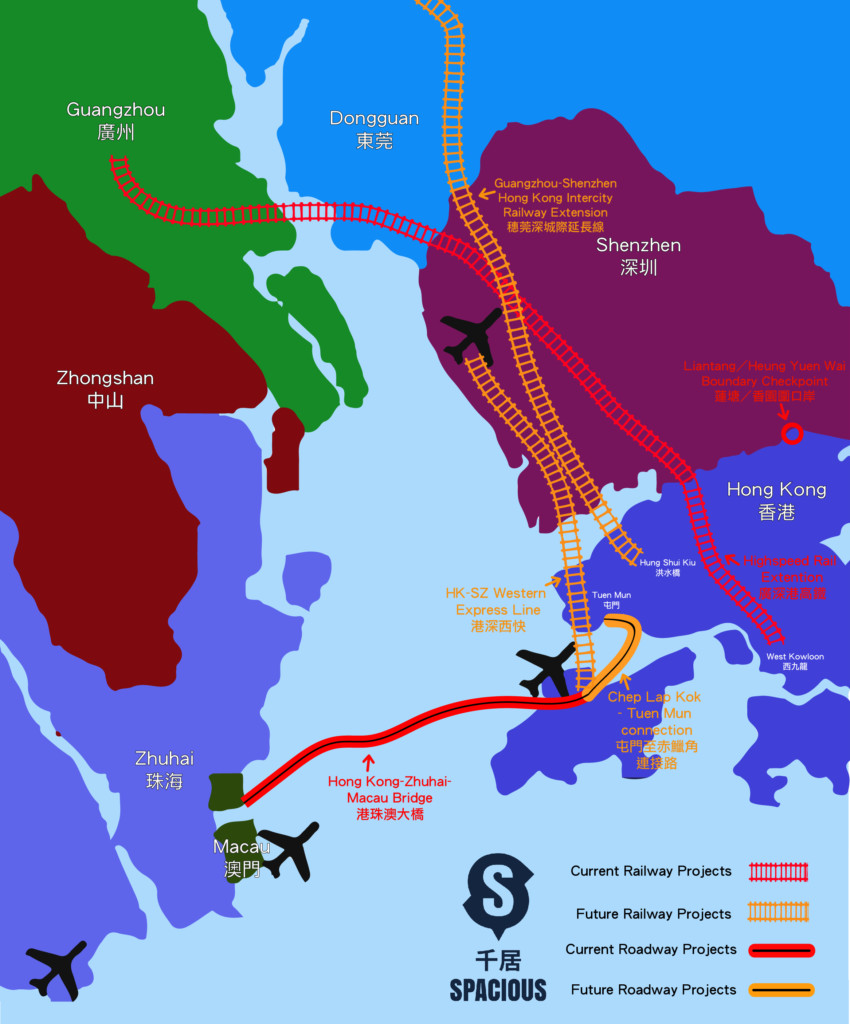
“Railway Plus Property” Strategy Well-recognised
After attending the Belt and Road Summit, Chief Executive CY Leung said that Hong Kong, as the most cosmopolitan and open city in China, together with advantages in finance, professional services and trade, can promote social and economic development hand in hand with the Belt and Road Initiative. When the country invests in building infrastructure, the Hong Kong professional sector can follow the flow of funds and thus have a very large potential for further development.Leung said that many countries had proposed “connective facilities” during the meeting, namely, the construction of land, sea and air infrastructure, including bridges, tunnels and highways. Infrastructure is one of the five connectivity points under the Initiative.
Many delegates are concerned about how to develop their infrastructure. He shared the experience of Hong Kong’s railway building strategy. He said ”In particular, if it is a railway station, the value of the land and the building around the station will increase. The government can use such increase as the capital for the infrastructure. Leung said that the strategy of “railway plus property” was a viable approach recognised by leaders and corporates of foreign countries.
Residential Areas to Have Parking Space Every Six Flats
As a result of the re-development of some urban parking lots, the problem of insufficient parking spaces has gradually emerged. The latest figures from the Transport Department show that the number of private cars in Hong Kong has drastically increased from 400,000 in 2006 to about 584,000 in 16 years, which means a 45% increase. At the same time period, the total number of parking space increased from about 607,000 to 662,000, which is only a 9 % increase.
The government plans to start from the residential developments to alleviate the problem of insufficient parking space. According to the current planning standards, a parking space is provided every six to nine residential flats. The Transport Department plans to use the upper limit of the standard in areas without adequate parking space, that means, a parking space should be included every six flats in those areas. The Buildings Department also revised the guidelines in March. Private development projects’ underground public carparks are fully exempted from floor area as long as they meet the requirements. The Transport Department said that the developer would be required to provide a certain number of public parking spaces under the new guidelines. Apart from residential areas, the government will study the possibilities of opening more government offices’ car parks during the non-office hours to allow public vehicles to park.
For more information on property news and prices, please visit our website at https://www.spacious.hk/ or follow our LinkedIn Page.









